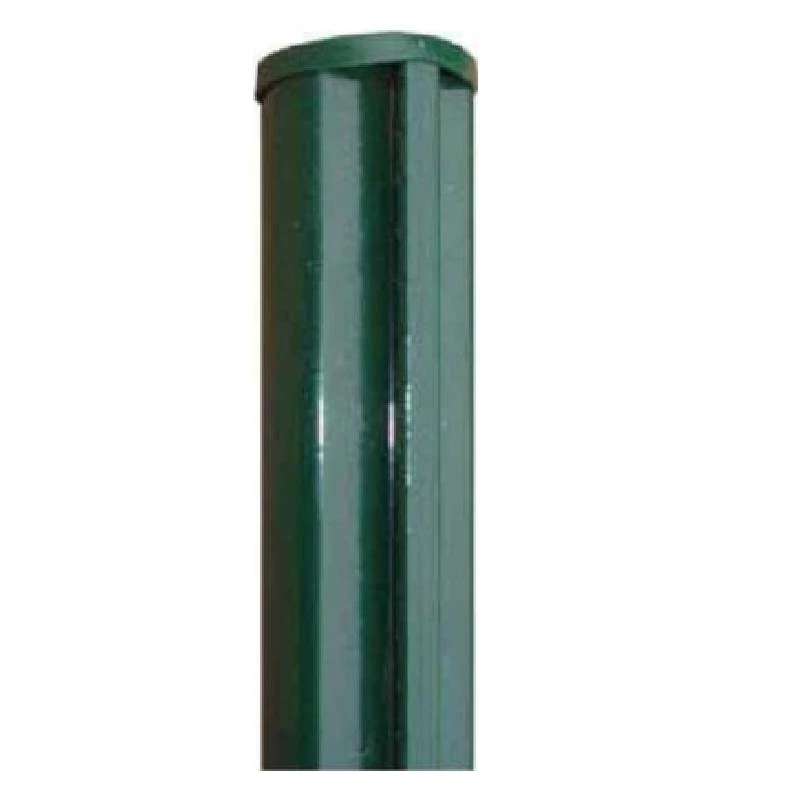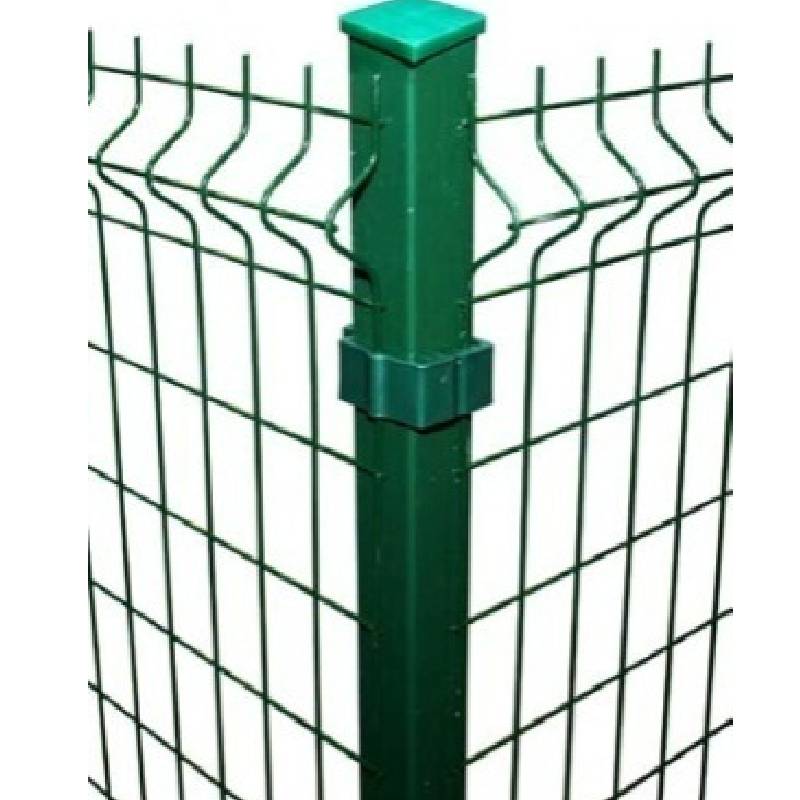-
Īmēra:zhao@hyliec.cn
-
Waea:+86 311 85273988
-
WhatsAPP:8613931128750
-
 Awherika
Awherika -
 Albanian
Albanian -
 Amharic
Amharic -
 Arapi
Arapi -
 Arameni
Arameni -
 Azerbaijani
Azerbaijani -
 Basque
Basque -
 Belarusian
Belarusian -
 Bengali
Bengali -
 Bosnia
Bosnia -
 Bulgarian
Bulgarian -
 Katarana
Katarana -
 Cebuano
Cebuano -
 Korihika
Korihika -
 Koroatiana
Koroatiana -
 Czech
Czech -
 Teniana
Teniana -
 Tatimana
Tatimana -
 Ingarihi
Ingarihi -
 Esperanto
Esperanto -
 Estonian
Estonian -
 Finnish
Finnish -
 Wīwī
Wīwī -
 Frisian
Frisian -
 Kariri
Kariri -
 Georgian
Georgian -
 Tiamana
Tiamana -
 Kariki
Kariki -
 Gujarati
Gujarati -
 Haiti Creole
Haiti Creole -
 hausa
hausa -
 hawaii
hawaii -
 Hiperu
Hiperu -
 Kao
Kao -
 Miao
Miao -
 Hungarian
Hungarian -
 Tiorangi
Tiorangi -
 igbo
igbo -
 Initonia
Initonia -
 Irish
Irish -
 Itari
Itari -
 Hapanihi
Hapanihi -
 Hawaana
Hawaana -
 Kannada
Kannada -
 Kazakh
Kazakh -
 Khmer
Khmer -
 Rwandan
Rwandan -
 Koreana
Koreana -
 Kurdish
Kurdish -
 Kyrgyz
Kyrgyz -
 TB
TB -
 Latina
Latina -
 Latvian
Latvian -
 Lithuanian
Lithuanian -
 Luxembourgish
Luxembourgish -
 Makeronia
Makeronia -
 Malgashi
Malgashi -
 Malay
Malay -
 Malayalam
Malayalam -
 Marite
Marite -
 Maori
Maori -
 Mareti
Mareti -
 Mongolian
Mongolian -
 Myanmar
Myanmar -
 Nepali
Nepali -
 Norewai
Norewai -
 Norewai
Norewai -
 Occitan
Occitan -
 Pashto
Pashto -
 Pahia
Pahia -
 Porohia
Porohia -
 Potiti
Potiti -
 Punjabi
Punjabi -
 Romanian
Romanian -
 Ruhia
Ruhia -
 Hamoa
Hamoa -
 Scottish Gaelic
Scottish Gaelic -
 Serbian
Serbian -
 Ingarihi
Ingarihi -
 Shona
Shona -
 Sindhi
Sindhi -
 Sinhala
Sinhala -
 Slovak
Slovak -
 Slovenian
Slovenian -
 Somali
Somali -
 Paniora
Paniora -
 Hatana
Hatana -
 Swahili
Swahili -
 Huitene
Huitene -
 Tagalog
Tagalog -
 Tajik
Tajik -
 Tamil
Tamil -
 Tatara
Tatara -
 Telugu
Telugu -
 Thai
Thai -
 Turkish
Turkish -
 Turkmen
Turkmen -
 Iukereiniana
Iukereiniana -
 Urdu
Urdu -
 Uighur
Uighur -
 Uzbek
Uzbek -
 Vietnamese
Vietnamese -
 Welsh
Welsh -
 Awhina
Awhina -
 Yiddish
Yiddish -
 Yoruba
Yoruba -
 Zulu
Zulu
Pou Taiapa
What Type Of Fence Post Is Best?
The best type of fence post depends on various factors such as the type of fence, local climate, soil conditions, and personal preferences. Common options for fence posts include:
1. Round steel posts: Round steel posts are a traditional and versatile choice, suitable for various fence types. They can be treated to resist rot and decay, but may require maintenance over time.
2. Square steel posts and rabbet posts offer durability and strength, making them suitable for supporting heavy or high-security fences. They are resistant to rot and insect damage.
3. Steel round posts/ square posts/ rabbet with base plate: They are suitable to install on the concrete ground, and fixed by concrete nails.
What Size Is A Fence Post?
Fence posts come in various sizes, typically having Φ32 Φ34 Φ38 Φ48 Φ60 Φ80 for round steel posts and 40x40 60x60 40x60 60x60 80x80 100x100 etc for square tube posts in dimension. The specific size of a fence post depends on the type of fence being installed, the height and weight of the fence panels, and the local building codes or regulations. It's important to select the appropriate size of fence post to ensure stability and structural integrity for the specific fencing project. Consulting with a professional or referring to local building codes can provide guidance on the recommended size of fence posts for a particular application.
Fence Post FAQ:
What type of fence post is best?
The best type of fence post depends on various factors such as the type of fence, local climate, soil conditions, and personal preferences. Common options for fence posts include round steel posts, square steel posts and rabbet steel posts, posts with base plate or without base plate. Each type has its own advantages and considerations, so it's important to choose the most suitable option based on the specific requirements of the fence project.
What size is a fence post?
Fence posts come in various sizes, typically typically having Φ32 Φ34 Φ38 Φ48 Φ60 Φ80 for round steel posts and 40x40 60x60 40x60 60x60 80x80 100x100 etc for square tube posts in dimension. The specific size of a fence post depends on the type of fence being installed, the height and weight of the fence panels, and local building codes or regulations. It's important to select the appropriate size of fence post to ensure stability and structural integrity for the specific fencing project.
How to install a panel fence?
Paneling a fence involves several steps, including measuring and planning, installing the posts, attaching the panels, adding finishing touches, and performing regular maintenance. It's important to follow the manufacturer's instructions and local building codes when paneling a fence to ensure proper installation and compliance with regulations. If in doubt, it's advisable to consult with a professional or seek guidance from experienced individuals.






